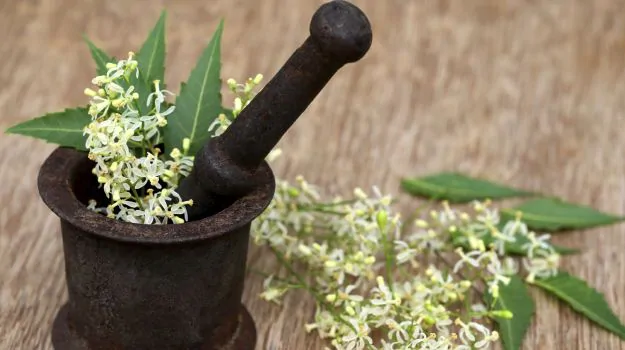Medicinal plants are used to prevent and assist in the treatment of different ailments and diseases. There are many myths about it, although there are indeed beneficial properties.
A large majority of these plants help strengthen the immune system, allowing it to fight and end harmful cells that may be attacking our body.
Despite the benefits that some of them may offer, it should be remembered that at no time can we leave aside traditional medicine based on pharmacology.
Medicinal plants alone do not cure diseases, since their active substances are very diluted. However, combining pharmacological treatment with medicinal plants is not usually negative, except that a health professional indicates otherwise to a patient.
Are There Healing Plants?
It is well known that the vast majority of the active substances used in the pharmaceutical industry come from the plant kingdom. In other words, plants have healing properties. However, if this is so, why do we use drugs instead of plants?
The problem lies in the dilution of the active substance. That is, the amount of this we can find in a plant is much lower than that found in a drug, in which it is concentrated.
Another problem would be that, on many occasions, the active substance is degraded in the stomach by gastric juices or even in saliva by the lysozyme. However, we could say that a large majority of plants have beneficial health properties.
One of these plants is mistletoe. In some university studies, it was found that mistletoe presents the ability to strengthen the immune system in various ways.
Another plant with properties of this type is the wild palmetto. Although it can be used for mild or moderate cases of benign prostate hyperplasia, collateral damage has been detected when used in high doses. Therefore, treatments with drugs are generally more recommended.
Other widely used herbs are as follows:
- Burdock Root: it has several beneficial properties for the body, among which stand out is its anti-inflammatory action on the intestinal tract.
- The inner bark of Elm: as indicated by the Department of Agrochemistry and Biochemistry of the University of Alicante (see bibliography) has long been used as a natural remedy for burns, arthrosis, cough, and pharyngitis. It contains a high level of tannins.
- Rhubarb: is a very good herb for blood circulation, the liver, and the digestive system in general, according to the National Institute of Agricultural Technology of Argentina.
- Watercress: It contains significant amounts of nutrients, vitamins, and healthy fats, according to information published by the U.S. Department of Agriculture.
- Red Clover: According to scientific research, its isoflavones content is positive for the symptoms of menopause.
As we can see, there are a lot of plants that can help us cope and prevent certain diseases. In addition, it should be noted that most of them are quite easy to find. Beyond this, it is advisable to consult a doctor before turning to any of them.
Remember…
There are many plants used for therapeutic purposes. Some are used to prevent diseases, others to enhance the effects of drugs, and others to mitigate the symptoms they cause. Almost all natural foods, in one form or another, have compounds with beneficial health properties.
However, it should be remembered that using medicinal plants to treat a disease and setting aside traditional drug-based medical treatment can put our lives in danger. Therefore, we must be very careful with the decisions we make; the opinion of the professional is indispensable at every stage of treatment.
